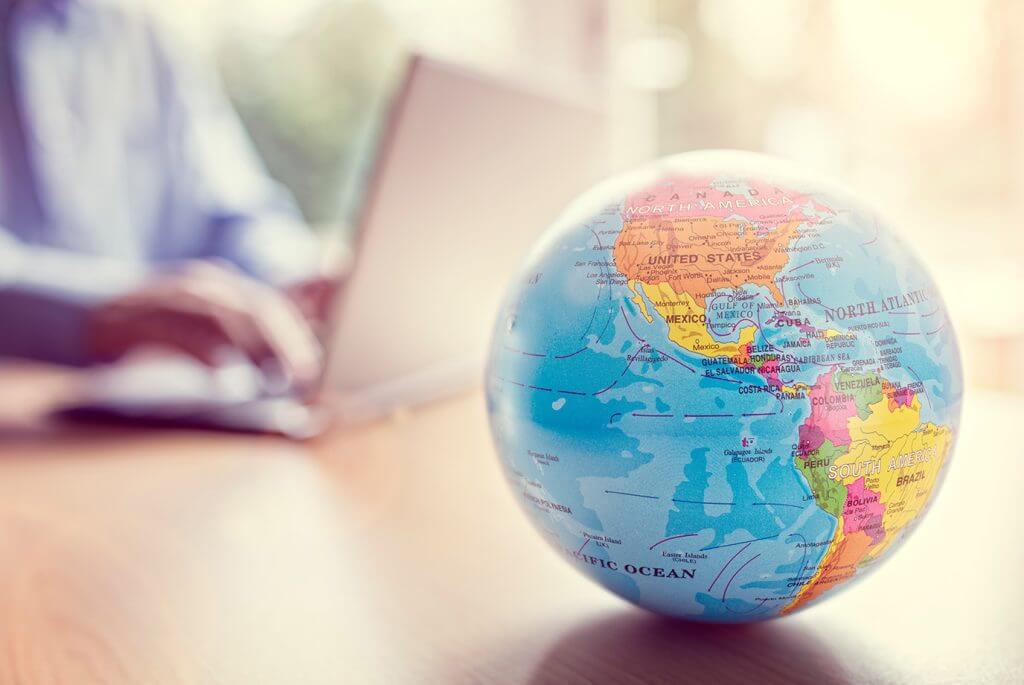

Fostering a Team Bond on a Global Scale

Working across multiple time zones can be challenging for even the most experienced teams. Taking time to create and foster a team bond is critical, whether in a virtual or on-site environment. Strong team connections result in team happiness, which ultimately ladders up to team retention, improved team performance and maximized team effectiveness. Prioritizing efforts, time and budget to create lasting team relationships is a win-win for the team members and the organization.
At Acceleration Partners, we deliver in-market program management in more than 40 countries for some of the world’s biggest brands. We maintain hubs on three continents and have 300+ employees in more than nine countries (fluent in a collective 20 languages). Being a truly global agency means having proven best practices when it comes to building strong relationships with both our colleagues and our partners.
Here are five key components to creating and maintaining a strong global team bond:
1. Educate yourselves on your team members’ business hours.
More importantly, respect your team members’ hours when it comes to correspondence expectations, deadlines and deliverables. Confusion and missed targets can quickly lead to the blame game and destroy team spirit.
Pro Tips:
- Use an online tool like World Time Buddy to customize the time zones you need to keep track of.
- Create a shared page in one of your collaboration tools like Smartsheet or SharePoint that lists your team members, their time zones and their business hours for quick reference.
- Communicate deadlines by role and time zone for project deliverables to ensure enough time to complete and avoid confusion.
2. In-person meetings are a vital part of fostering a strong and lasting team bond.
With travel slowly starting to pick up again, global teams should consider planning annual gatherings as an opportunity to team build and strategize as a cohesive group. Global teams will find that the outcomes of doing in-person versus virtual events are simply incomparable.
Pro Tip:
- Survey your team about in-person meetings. Seek advice on what will make the team the most comfortable to travel and what they would like to get out of these sessions. Prioritize and address concerns to maximize attendance and output.
3. Virtual events are still important!
Prioritizing in-person is essential, but it’s unlikely face-to-face meetings will happen often enough to keep the fire burning on team building. Global teams should create time monthly and quarterly to connect virtually as a team. Monthly sessions can be 60-90 minutes, focused equally on social activities and interactions, as well as strategic insights and brainstorming. Quarterly gatherings can be anywhere from 2-hour to half day sessions, with a larger focus on big picture objectives and planning.
Pro Tip:
- All computer cameras should be on and distractions brought down to a minimum for virtual meetings! The team needs to make this time a top priority, which means giving full focus and participation to maximize the time and results.
4. Use collaboration whenever possible.
Tools like Slack, Smartsheet and SharePoint will help organize your team, save time, minimize duplicate efforts and avoid confusion.
Pro Tips:
- Ensure the team has the appropriate level of training and knowledge by sharing opportunities to ensure maximum effectiveness.
- Keep tight oversight over onboarding new team members and any team changes.
5. Create opportunities for team members to learn about each other’s cultures.
This is a meaningful sign of respect and will help set team members up for success by learning how to work together in the best way possible. One example would be to make sure to understand how various forms of communication are received in different cultures. You may find that in some cultures certain feedback given in writing is interpreted more harshly, therefore those discussions are better received and more productive if delivered via a phone call. Adversely, in another culture, the same feedback could be better processed when sent in writing to allow the receiver to process and thoroughly respond. Taking the time and initiative to understand these types of cultural nuances results in a much more effective and connected team.
Pro Tips:
- Look for opportunities outside of the scheduled team building sessions and encourage team members to be proactive in finding educational resources on building dynamic cultural relationships.
- Read “The Culture Map” by Erin Myers, a great book to help you understand how people may work differently depending on their background and cultural upbringing.
The tools and technology available today make it much easier to keep global teams connected. It’s important to keep in mind that even the best tools will fall short without proper prioritization, training and on-going maintenance and support. Technology is an amazing conduit, but it’s the people that make teams great and their efforts that keep the connection strong!
Looking for a partnership marketing agency with global expertise? Let’s connect!
Author: Amanda Neuts










